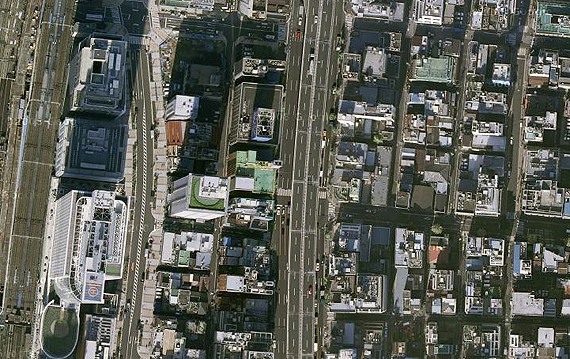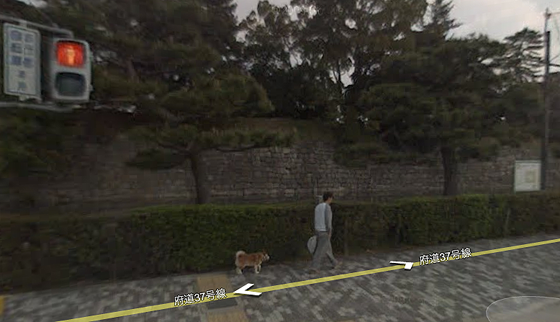
I’m not sure if you’ve ever seen a Japanese address written down somewhere before, but if you have, you’ll know that they’re about as long as writing an essay, and perhaps take an equal amount of analytical thinking. If you’ve never run into the concept of a Japanese address, it’s about as opposite as you can get from an American address. I’m not saying that’s bad… just completely different. Thank goodness for GPS, on both accounts. I can barely get around San Francisco, let alone Tokyo.
Watch the first half (or so) of this video. Derek Sivers (hoopy frood who knows where his towel’s at) does a great job explaining the idea of Japanese addresses and how they work, on a basic level. On a more complicated level, it goes something like this.
The first thing to know: Japanese address system is based on areas. These areas are divided from big to small, which go something like this. It’s a lot like a funnel, really.

-
Prefecture (県) * There are exceptions to this, though. to 都 for Tokyo, dō 道 for Hokkaidō and fu 府 for the two urban prefectures of Osaka and Kyoto.
-
Municipality * Large cities use shi 市 * Special wards can use ku 区 * Smaller municipalities include the district gun 郡 followed by the town chō / machi 町 or village mura / son 村
-
Location within the municipality * Many cities have wards ku 区 * Wards can be divided up into chō / machi 町 or village mura / son 村 * Towns may be subdivided into even smaller parts too.
-
City District: chōme 丁目 * Usually assigned based on the order or proximity to the center of the municipality.
-
City block: banchi 番地 * Also assigned based on the order or proximity to the center of the municipality.
-
House Number: gō 号 * Based on when the house / building was built or assigned in clockwise order around the city block.
-
Apartment number may be added if the house number refers to an apartment building.
The postal code, which is indicated by a 〒 symbol, goes on top of the address. If you see this symbol on a metal box, it’s a good bet you can put your mail in there.
Here’s an example of an address ripped right off of the good folks at Wikipedia.
〒100-8799
東京都千代田区丸の内二丁目7番2号
東京中央郵便局
〒100-8799 (postal code)
Tōkyō-to (prefecture exception “to” for Tokyo)
Chiyoda-ku (the ward)
Marunouchi ni-chōme (city district)
nana-ban (city block)
ni-gō (house number)
Tōkyō Chūō Yūbin-kyoku(name of the place, in this case the “Tokyo Central Post Office”)
Kyoto and Sapporo, The Postal Rebels

Kyoto and Sapporo (up in Hokkaido) do something a little different, though the “official” addressing systems still work. Kyoto has many little chōs going on, often with the same names within the same Ward (which makes it tough on the postal folk). So, to combat this, they have an unofficial (though it is supported by the post office) system that’s based off of street names. This system takes an intersection (two crossing streets) and then additional information on whether the building is north, south, east, or west of this intersection. Yes, this does mean that buildings can have multiple addresses, depending on which intersection was chosen. Sapporo’s system is based on a quadrants set up in the center by two intersecting roads. Blocks are then named based off of how far away they are from the center, which can get kind of weird the farther you are away from the sweet spot.
In the end, the Japanese address system totally makes sense, despite being nearly our complete opposite. Personally, I’d just get a GPS and have it tell me where to go. Or, better yet, get lost. So much more potential for adventure. Well, if you ever get yourself a Japanese pen pal or long-distance language partner (and not one of those new-fangled e-mail ones), hopefully this’ll come in handy!
